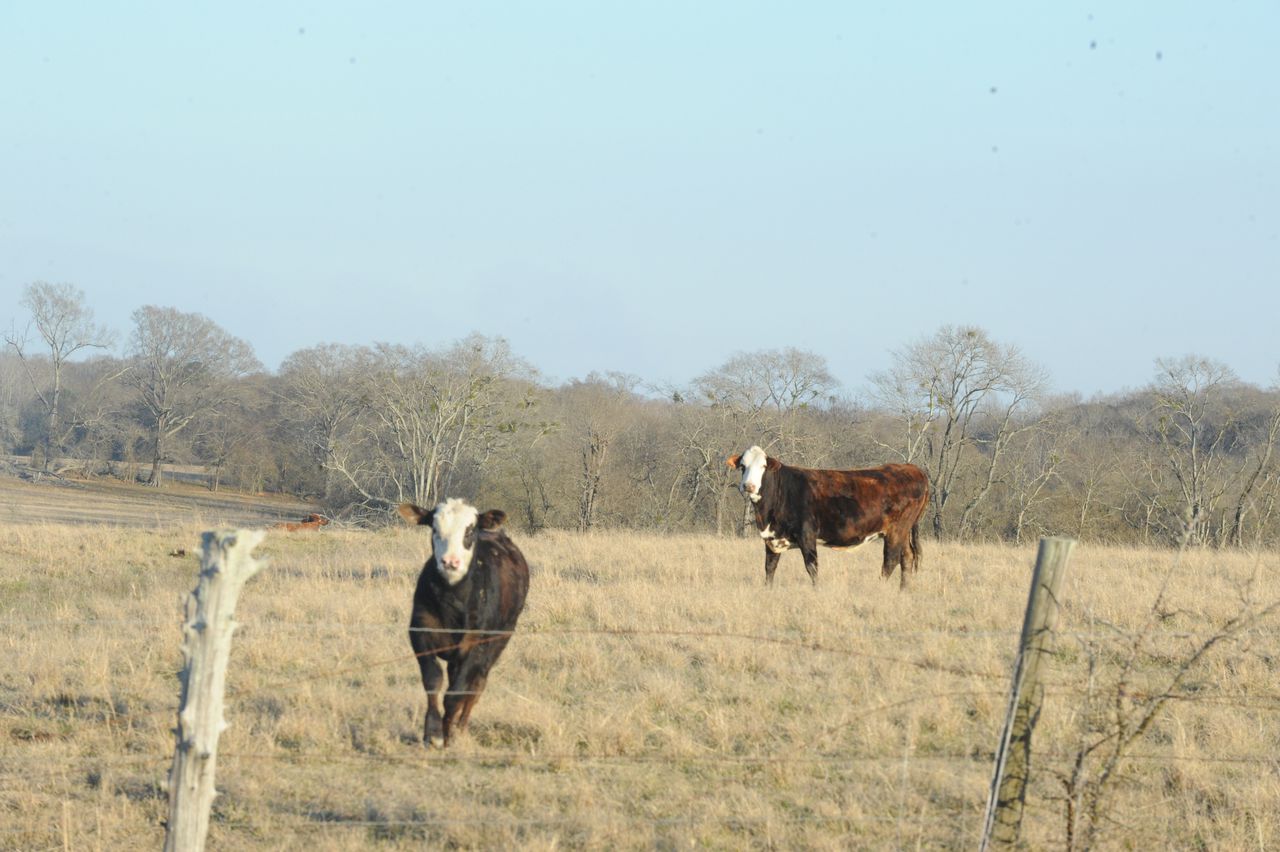These 24 Alabama towns no longer count as urban areas, according to U.S. Census
Already one of the most rural states in the nation, Alabama’s rural population just expanded.
Thanks to a federal rule change, two dozen Alabama towns that were once considered urban suddenly aren’t anymore. The change affected towns all across the state, from Grand Bay in the far south end of Mobile County to Hazel Green just north of Huntsville near the Tennessee border.
[Can’t see the map? Click here.]
The U.S. Census Bureau last week announced a change in how it classifies rural and urban areas, a change that moved nearly 100,000 Alabamians into the rural category.
The Census’ new definitions say an area must have at least 5,000 people – or 2,000 housing units – to be considered urban. That’s an increase from the 2,500 population requirement that had been in place since 1910. Before this change there was no housing unit requirement.
Nationally, about 1,000 cities, villages and towns were moved from urban to rural, affecting roughly 3.5 million people. The change is essentially clerical – to help statisticians and officials understand the makeup of the United States. The change in classification likely won’t mean much for the residents of each town.
Here’s the full list of Alabama towns that changed from urban to rural, and their population totals as of 2020:
[Can’t see the list? Click here.]
Some of these areas are growing quickly, and could be reclassified as urban at a future date.
Growing Rural Population
With the change, 42.3% of Alabama’s population lived in rural areas as of 2020, up from 41% in 2010. The state ranked as the 9th most rural in 2010, but passed Kentucky in 2020 and is now the 8th most rural state in the nation, according to the Census.
Alabama’s rural population grew by about 8% between 2010 and 2020, compared to 3% growth in the state’s urban population, and about 5% growth overall.
There are now 51 urban areas in Alabama, according to the new definition. The largest of these is the Birmingham area, or the urbanized part of the Birmingham metro area, which is home to around 775,000 people. You can see the full list below:
[Can’t see the list? Click here.]
Do you have an idea for a data story about Alabama? Email Ramsey Archibald at [email protected], and follow him on Twitter @RamseyArchibald. Read more Alabama data stories here.
